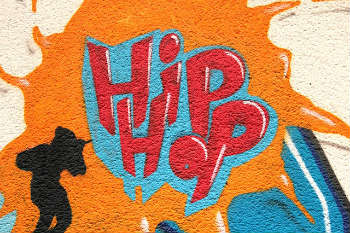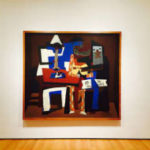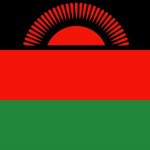The Birth Of Hip Hop On Sedgwick Avenue
When hip hop came to life, it quickly spread across the country and the globe. Ira Riklis gives details about how the genre was born and quickly boomed into a multi-billion dollar business.
The Bronx Becomes The Birthplace Of Hip Hop
On August 11, 1973, a party took place in the recreation room of an apartment building located at 1520 Sedgwick Avenue in the Bronx, New York. Sources vary regarding the purpose of the party with some sources claiming that Clive Campbell, known as DJ Kool Herc, played the role of DJ at his sister’s birthday party. Other sources claim that Campbell and his sister Cindy hosted back-to-school parties at the apartment building rec room. It appears that the back-to-school event is the true story. The BBC features a copy of a hand-written invitation to the “Back To School Jam.” Ladies paid 25 cents admission, while “Fellas” paid 50 cents.
Neither DJ Kool Herc nor sister Cindy likely had any idea that this party would go down in history as the day hip hop was born.
The DJ, His Music, And His Imagination
Clive Campbell moved to the Bronx with his family from Jamaica in 1967. His father already had a music career, serving as a technician for a band. The vast record collection and easy access to sound equipment made it quite easy for Clive to start performing as the DJ at local parties.
Nicknamed “Hercules,” or “Herc” for short because of his size, when Campbell started working at local events, it gave him an opportunity to work with the sound equipment and add his own technical and creative ideas.
He paid attention to how the crowds responded and had an idea to take his DJ capabilities to the next level. He already discovered how to make his DJ set-up louder than set-ups of other DJs. In addition, he discovered that he could use two turntables and a mixer to switch between records.
History Detectives explains that on the night of the back-to-school party, DJ Kool Herc decided to extend an instrumental beat, referred to as breaking or scratching, which allowed partygoers to dance longer. While doing this, he began talking or MC’ing over the music throughout the extended break dancing. It is known in Jamaican culture as “toasting. ”
From there hip hop was born.
Before The Bronx Party
PBS refers to Campbell as the “Father of hip hop” and goes on to provide details of the hip hop timeline. As DJ Kool Herc continued his hip hop style, the new genre of music took off, with others emulating him and creating their own hip hop music.
In 1974, Grandmaster Flash and Grandmaster Caz, two other hip hop pioneers, also began DJ’ing at parties throughout the Bronx. Other MCs joined in the new musical phenomenon spreading across the Bronx and by 1977, hip hop spread beyond the Bronx to other areas.
The year 1979 saw the first hip hop record release, which exposed mainstream America to the genre for the first time. Hip hop quickly transcended the generations, races, cultures, and economic groups to dominate the music industry.
Preserving The Sedgwick Avenue House
Celebrations occurred across the U.S. and other countries in 2013 to celebrate the 40th anniversary of the birth of hip hop. The Official DJ Kool Herc site states that over the past 40 years, in addition to other fame, hip hop went from the Sedgwick Avenue House to the White House.
Plans to sell the Sedgwick House to developers resulted in a 2007 campaign to prevent the action. DJ Kool Herc himself stepped in to support the campaign. The campaign proved successful, with the NYC Housing Preservation officially recognizing the recreation room of the building as the “Birthplace of hip hop.”






